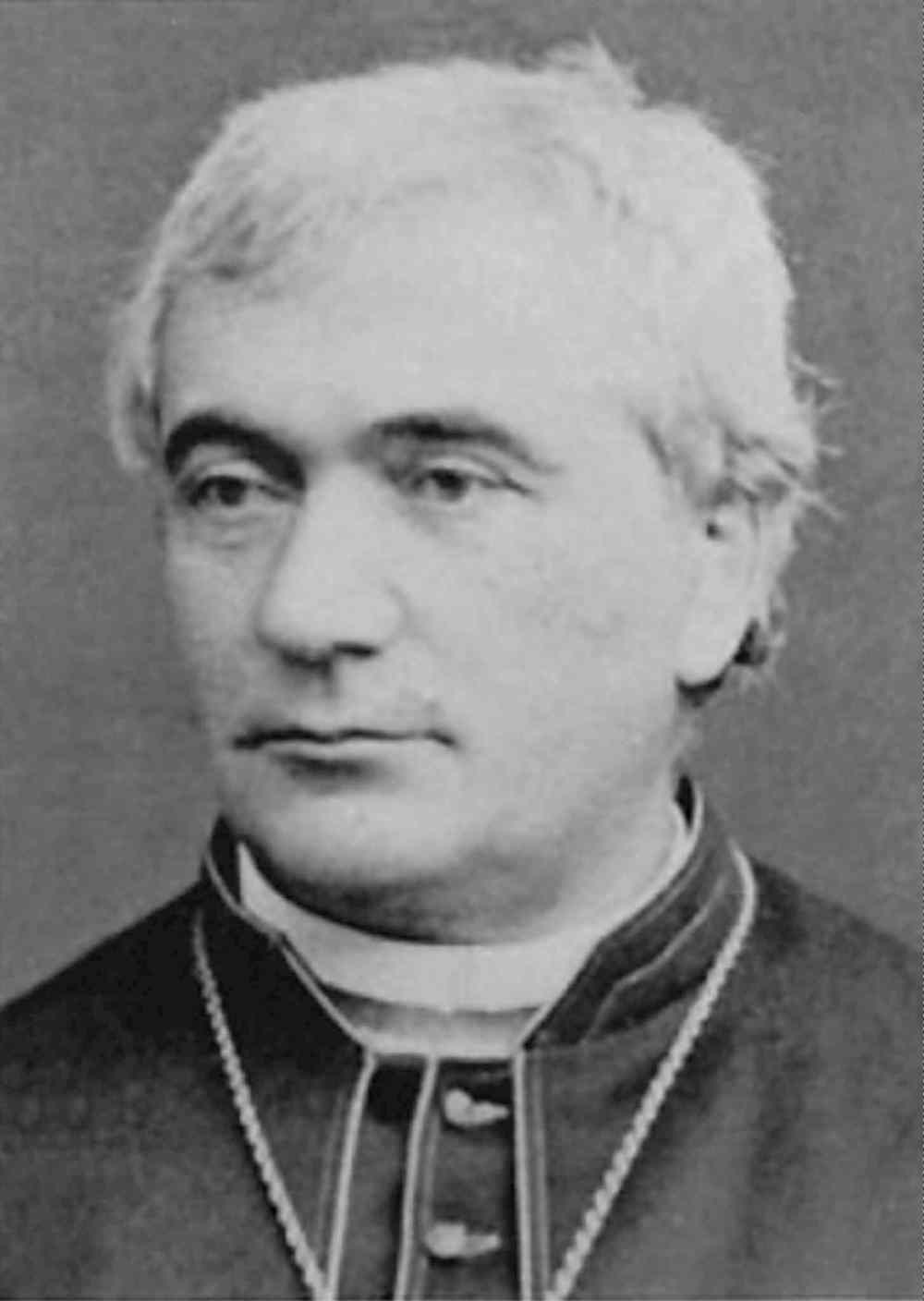So, just who was St. Vital, anyway?
Advertisement
Hey there, time traveller!
This article was published 02/04/2014 (4236 days ago), so information in it may no longer be current.
St. Vital began in 1820 with the arrival of Métis hunters and traders from Fort Pembina, N.D., who moved north to escape the unrest of the Sioux nation. After Seven Oaks, St. Vital is the oldest settled area of Winnipeg.
The Métis settled along both sides of the Red River between what is now Bishop Grandin Boulevard and the south Perimeter Highway.
In 1860, the Métis wanted to name their settlement after St. Alexander, the patron saint of Bishop Tache. Tache instead suggested St. Vital, after the patron saint of the Oblate priest, Father Justin Grandin (later Bishop), who worked in their midst. The parishes were known as St. Vital East and St. Vital West.

Descendants of the Métis settlers formed the majority of Louis Riel’s provisional government leading to the formation of the Province of Manitoba.
In 1883, the area became known as the Rural Municipality of St. Boniface with Victor Mager as reeve. The R.M. was vast — stretching from Brady Road in the west to Highway 59 in the east and south to St. Norbert.
To end confusion with the town of St. Boniface, the R.M of St. Boniface became St. Vital in 1903. With the formation of the R.M. of Fort Garry in 1912, St. Vital shrank to land between the Red and Seine Rivers with Carriere Avenue its northern boundary. St. Norbert East was absorbed to the south, while St. Norbert West was absorbed by Fort Garry.
Victor Mager served as reeve, alderman and school trustee for 30 years.
So who was St. Vital?
Vitalis was a second century Christian citizen of Milan, Italy, and father of twin boys and future martyrs, Gervasius and Protasius. Vitalis is the principal patron of Ravenna, where he was martyred in 171 when he was buried alive for voicing criticism of the beheading of Christian physician Ursicinus.
Vitalis resigned his post as judiciary assistant to Paulinus, who had been absent from Milan for the sentence of Ursinius. Paulinus had his former assistant arrested and tortured. When Vitalis refused to renounce his Christian faith, he was buried alive.
Bob Holliday is a community correspondent for St. Vital. Email him at docholliday90@me.com

Our newsroom depends on a growing audience of readers to power our journalism. If you are not a paid reader, please consider becoming a subscriber.
Our newsroom depends on its audience of readers to power our journalism. Thank you for your support.




